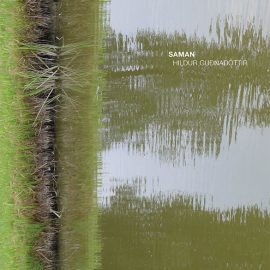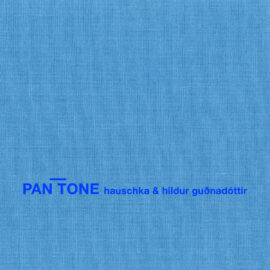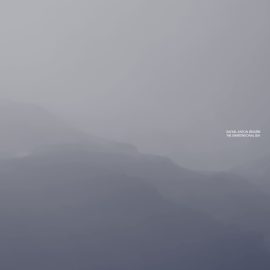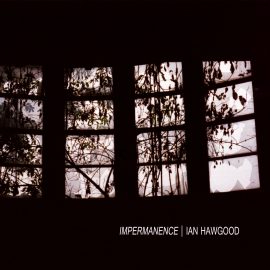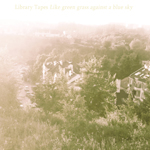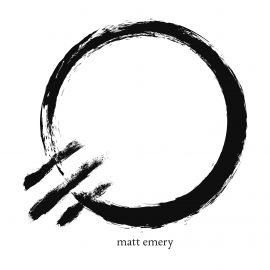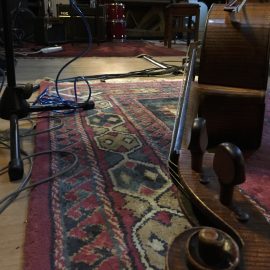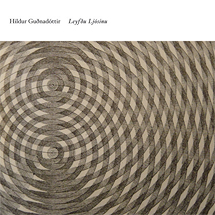 Hildur Guðnadóttir Leyfðu Ljósinu Touch It’s time to get even more intimate with Hildur Guðnadóttir. As if her previous works weren’t full of emotion already, Guðnadóttir invites us to sit even closer to her delicate cello. Except this time Guðnadóttir also sings. Free of any post-production and processing, the thirty-five minute piece, Leyfðu Ljósinu (Icelandic for “Allow the Light”) was recorded in one single take. Performed live at the Music Research Centre in University of York on January 2012, Guðnadóttir layers loops of breathy vocals over the pensive cello strings. The acoustics of the space play an important role on the album, with Tony Myatt as the only member present in the audience besides Hildur herself. Myatt, by the way, has previously contributed his technical assistance to pieces by Taylor Deupree, Irene Moon, and Chris Watson. “To be faithful to time and space – elements vital to the movement of sound – this album was recorded entirely live, with no post-tampering of the recordings’ own sense of occasion.” While the first third of the piece is mostly vocal (something I did not expect from this classically-trained Icelandic cellist), Guðnadóttir manages to slowly weave a hypnotic quilt of frequency rich textures until I am lost in her voice. By the time the cello comes in, I forget all about my original anticipation of the solemn bleakness I’ve expected, as in her previously acclaimed works, Without Sinking (Touch, 2009), Iridescene (Touch, 2009), and Mount A (Touch, 2010) – yet here it comes, like a wave of anguish welling up inside my chest. The piece continues to divide: the lower register belonging to the heartache of the cello; the upper to the comfort of the voice, until the cinematic tension peaks at twenty minute mark and slowly recedes in what appears to be full orchestral arrangement. Only that it is Guðnadóttir all alone. A grandiose achievement, experienced best with ones eyes closed at full volume.
|
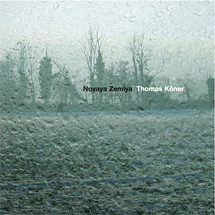 Thomas Köner Novaya Zemlya Touch To listen to Thomas Köner one must be equipped with a great pair of headphones or a system with a powerful bass. Novaya Zemlya means “New Land” in Russian, and the opening thunderous drops suggest at explorations of unknown territories where sound stands still, as if in a vacuum, barely escaping outside of its humid atmosphere. Yet Novaya Zemlya is not a synthetic or imaginary place – it does indeed exist. Just outside of north Russia, between the Barents and Kara seas, lies an archipelago of mountainous territories covered in snow. The sounds on the album paint an aural portrait of this abandoned land, full of frozen waters, glaciers and ice. The incredibly low rumbling drops among the signature Köner drones suggest an atmosphere of void, broken only by the collision of the colossal icebergs, at a slow relentless rate. On Novaya Zemlya Köner flexes his muscles once more, composing an environmental landscape “towards a metaphysical geography” with slight hints of dystopia and self-destruction: in 1961, during the Cold War years, Soviet Union has detonated Tsar Bomba on on Novaya Zemlya – the largest and most powerful nuclear weapon to date. Fans of minimalism, isolationism and indeed existentialism will be delighted with this next installment in Köner’s catalog, who has been creating dark ambient soundscapes since the early 90s. In fact, in 2010 John Twells’ Type Records has republished Köner’s earlier works in a three disk boxset: Nunatak • Teimo • Permafrost, which I proudly own, and suggest you pick up as well. Köner is known for his massive sound installations, combining visual and auditory experiences focused on physical listening, with a few live recordings on Mille Plateaux: Kaamos (1998), Daikan (2002), and Zyklop (2003). A spooky reminiscence of human demise and an enormous undertaking that could be only backed by Touch.
|
|
 Glitterbug Cancerboy c.sides Having spent a large part of his childhood fighting cancer, Cologne-based (Germany) Till Rohmann couldn’t avoid the subject any longer and decided to explore the somewhat post-dramatic effects of his hospital treatments in Glitterbug‘s third full-length release, Cancerboy. “Those experiences deeply shaped me, and the way I relate to the world, and over the years I felt a growing need to approach this topic through my music.” Over the eleven abstract, dubby, and experimental techno tracks, Rohmann explores subjects like anger, desperation, and eventually hope through music that pulsates with synthetic stabs and heartbeats with acoustic percussion. Glitterbug’s sound is authenically organic – the kind that Wholefoods wants to sell for breakfast – full of raw sonic elements picked from your neighboring electroacoustic farm. Opening with a recording from a hospital room, the album has that hypnotic, clinical and sterile feel, the one where your mind wonders on the edge of consciousness while the distant voices fade in and out of foreground, dominated by the wheezing of a respirator and the beeping sounds of machines. A few tracks approach deep techno territory, but unlike the subject of this conceptual album, they are never too dark, instead the shimmering atmospheric rhythms always seem to celebrate a life worth living. And at the end, track titles like “Those Hopeful Moments” and “We’ll Still Be Here Tomorrow” tell the whole story of this work. Released on his very own c.sides label, Cancerboy is recommended for fans of Shed, Robag Wruhme, Brandt Brauer Frick, and that special Kompakt sound.
|
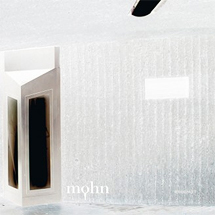 Mohn Mohn Kompakt Well, well, well… If it isn’t the talented duo of Jörg Burger and Wolfgang Voigt back together for another round? I don’t even know where to begin to properly cover their collaborative catalog, let alone their solo releases! The two have been recording together since the early nineties under aliases such as Ethik, M*A*S*S*H, Pacific 231, Science Wonder, X-Beat, and Yellow 8! Individually, Burger releases under the monikers The Modernist, The Bionaut, Burger Industries, Harlot, The Sculpture, and of course, Triola. Voigt, is renown for his Gas moniker, as well as Sog, Protest, Kafkatrax, Centrifugal Force, Crocker, Popacid, Filter, Mind, Love Inc., and the one and only Mike Ink among the very many! How is that for an encyclopedia of projects? But back to Mohn, the duo’s latest project, for which Burger and Voigt paired up to release a self-titled album on Kompakt, owned and operated by the same Wolfgang Voigt, Michael Mayer and Jürgen Paape. Mohn is rumbling, deep, and dark, operating on sub-bass frequencies, building the tension for the anticipated kick drum, but the drum never comes. Instead the passages moan, drone and stumble with their heavy-weight slowness, like a clumsy monster awoken from its long hibernation. “Pendulating between analog mysticism and digital hieroglyphics, Mohn makes a compostition of the continental drift, creating an electrically charged atmosphere of tension and posthuman textures staged as roadkill on the information highway, never forgetting the need for harmony in the chaos of the unheard.” Highly recommended for the fans of obscure, occult, and esoteric.
|
|
